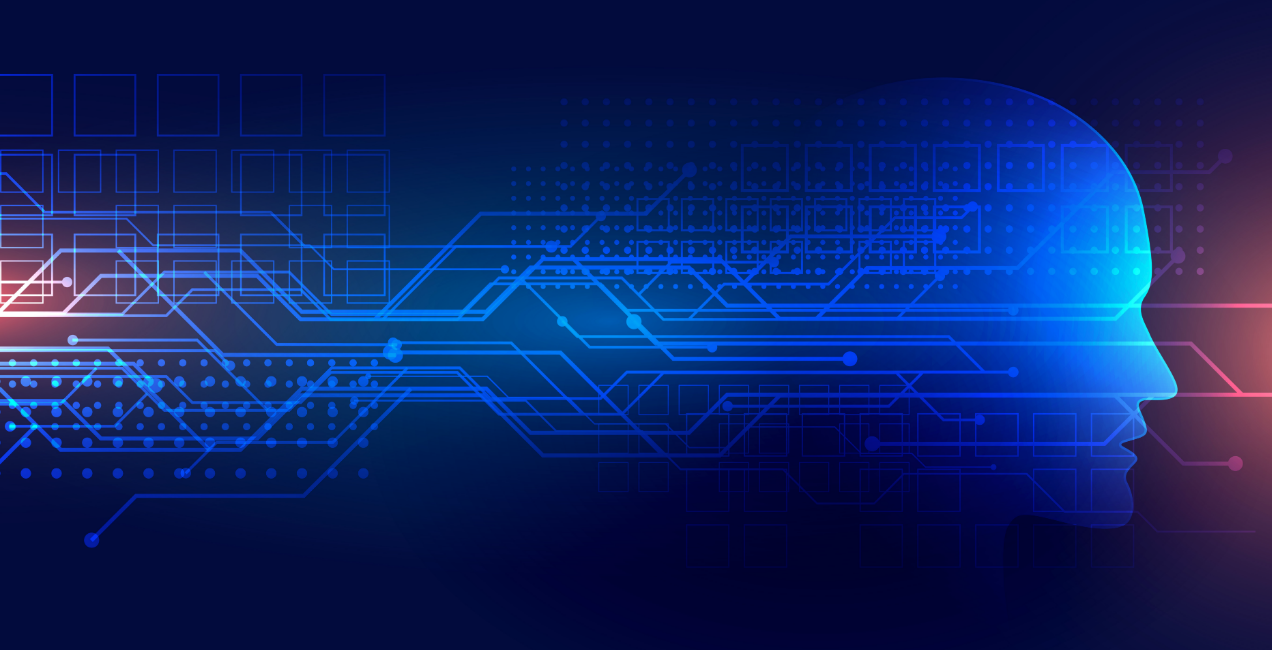The Importance of GPUs in Training Deep Learning Models
Of late, Deep Learning has become quite popular because organisations have gained capabilities wherein they can capture and mine even unstructured data. We are not just talking about big industry giants such as Amazon, Google, and SAS here, but rather, about everybody who has access to huge amounts of data, which paves the way for deep learning simulations.
Deep Learning can also offer an array of algorithms which helps in several artificial intelligence executions.
- Virtual assistant for smartphone, which uses recurrent neural network for speech-to-text translation.
- Object detection, image classifications, and segmentation, which uses a convolutional neural network.
In reality, deep learning models are large-sized models containing several neural network layers and 50 million or more parameters. These models need big data to find answers and hidden patterns. The more data you can include, the better your deep learning simulations will be.
Deep Learning: How it Works?
Deep learning can be compiled in two operations: backward propagation and forward propagation. Both these propagations are nothing but matrix multiplications, which are processed using graphical processing units or GPUs.
Earlier, CPU’s or central processing units were used to train deep learning algorithms. However, CPUs were less efficient due to fewer complex cores, single-thread performance, and transistor space, which was based on ILP.
GPUs, on the other hand, remove these drawbacks with several simple cores, multiple hardware threads running concurrently, and maximised throughput of floating-point. Further, GPUs are cost-effective when compared to CPUs, in terms of building them.
Using GPUs, scientists can reduce the time needed for running an experiment with accuracy.
The Right GPU for your Deep Learning Platform
Based on Complexity
- Firstly, understand the resources of your task. A small task which can be achieved with complex sequential processing doesn’t necessarily require GPU. A big task with huge amounts of datasets may require a GPU.
- If you are required to regularly and consistently work on complex models, you can use Floydhub or AWS or build your own deep learning system.
- If you have to process large scale and highly complex deep learning systems, you can use multi-GPU computing or GPU clusters.
Based on Hardware
- One of the important aspects of a GPU is memory bandwidth. Always choose the highest bandwidth that you can purchase according to your cost-constraints.
- The GPU cores define its processing power. More cores mean faster computation or processing of data. You can vary this computation power depending on your system complexity. If you are dealing with more data, you need a faster GPU.
- Video RAM indicates the data computing capacity of a GPU. Again, VRAM selection should be based on the complexity and data needs of your model.
Why GPU for Deep Learning?
- Due to a greater number of cores, GPU has high computation abilities that allow several parallel processes.
- As already discussed, deep learning models require multiple datasets. GPUs have higher and better memory bandwidth, which makes them a suitable system for deep learning.
Conclusion
Even after using thousands of cores, GPUs have the ability to run faster than CPUs. These units have better capabilities of processing huge amounts of data and parallelly executing several tasks. This makes GPUs a perfect fit for the requirements of deep learning models containing thousands of datasets.
References Used:
https://blogs.sas.com/content/subconsciousmusings/2018/10/16/why-you-need-gpus-for-your-deep-learning-platform/
https://www.analyticsvidhya.com/blog/2017/05/gpus-necessary-for-deep-learning/
https://missinglink.ai/guides/deep-learning-frameworks/complete-guide-deep-learning-gpus/
